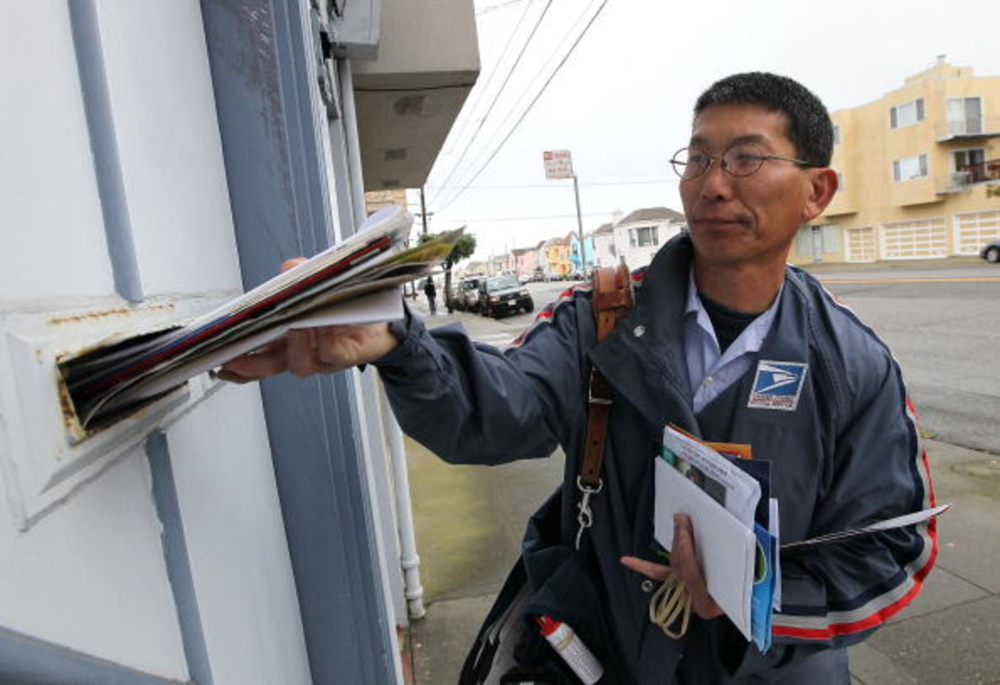Direct mail used to be the way marketers looked for customers. But the advent of digital has empowered marketers to track every mouse click and find new ways to drive prospect down the funnel, from first look to final sale.
Still, none of this has fully displaced paper-based marketing — paper continues to linger. Here are three reasons why.
Slow decline
First, let’s look at the numbers. Yes, direct mail has declined; however, it’s been ambling down a gentle slope rather than falling off a cliff. According to the Data and Marketing Association (DMA), it’s been slipping by 1.9% annually since 2005.
The United States Postal Service (USPS) continues to move mountains of paper, too. There were 10.6 million catalogs mailed in 2015, according to the DMA, and 2.5 billion coupons were redeemed that same year.
Marketers also need to consider response. A 2016 DMA study found that 5.3% of house-list recipients respond to a direct mail piece; 2.9% of prospect-list recipients do the same. Compare this to an online display (0.9%), e-mail (0.6% for house/0.3% for prospect), social media (0.6%), and paid search (0.5%) and the results aren’t as enticing.
How touching
So, what makes paper so good?
“It’s tangible,” says Mary Cahalane, principal of Hands on Fundraising LLC — a direct mail consultancy for nonprofits. “You can feel it, fold it, even smell it.”
Cahlane says people are “drowning in e-mail” and that their attention spans have waned shorter. Against that backdrop, it seems like direct mail has another thing going for it: passive persistence.
“You can hold on to [paper] a little bit longer,” Cahalane notes.
Indeed, this lag time offers longer engagement and more time for a piece’s message to sink in and generate a response. A study by the USPS found that people who viewed paper mail ads were more likely to have an emotional response one week after receiving the materials.
Even a direct mail piece’s texture and quality can elicit a response. A separate study found that touching sandpaper can raise empathy and possibly prompt a donation. In addition, Cahalane says using a glossier, heavier stock can convey that the message, and the recipient, are important. Marketers can also take advantage of nicer paper to plug their wares commercially in upscale magazines that pitch higher-end products, as this article suggests.
One part of many
Despite all of this, paper-based direct mail is not a standalone approach. It works best within a system and can supplement or complement digital marketing. A piece of “snail mail” can prompt a consumer to check out a website or make an online donation. The best part? “You are not going to get a virus out of opening a piece of mail,” Cahalane says.
Whatever route a prospect takes to progress through the funnel, a piece of paper can act as a starting point.








